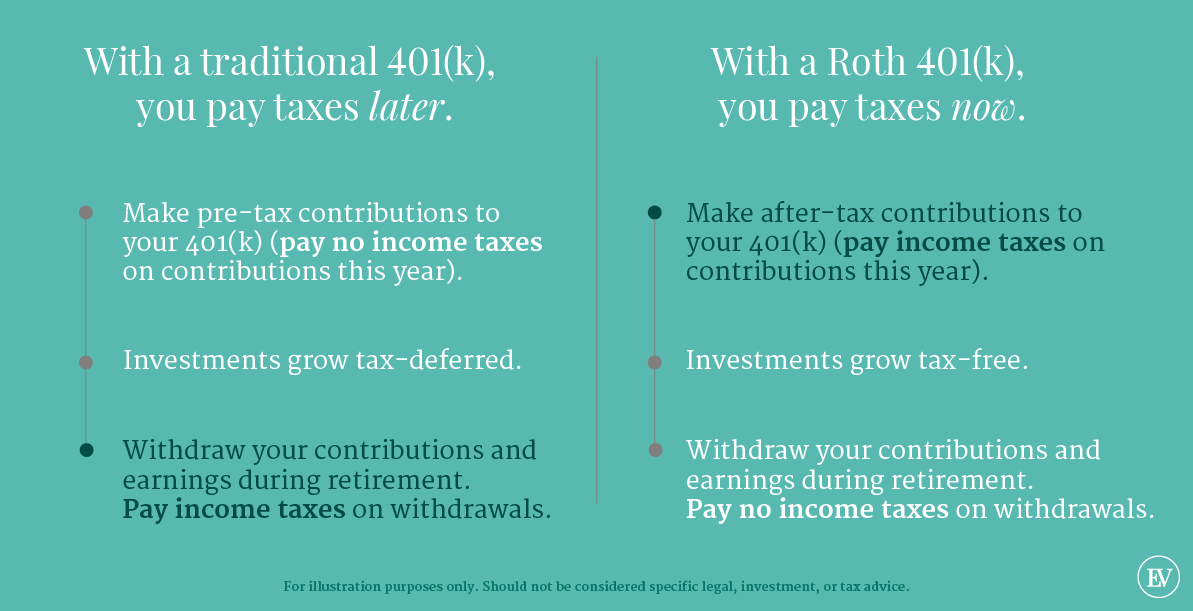Brian J. O’Connor
Wed, Apr 10, 2024
While no one has a definitive answer to the question “How long will you live?”, coming up with an educated, realistic estimate goes a long way toward building a retirement plan that assures income security. Unfortunately, most U.S. adults lack what a new survey calls “longevity literacy,” a deficiency that can be a major retirement planning pitfall. Here’s what you need to know.
How Many People Lack ‘Longevity Literacy’
Less than 40% of adults were able to correctly estimate how long, on average adults are likely to live once they hit 65, according to new research by the Global Financial Literacy Excellence Center at the George Washington University School of Business and the TIAA Institute. The study’s authors defined the problem as “low longevity literacy” and found a link between longevity literacy and overall retirement readiness.
“Longevity literacy is particularly important since retirement income security inherently involves planning, saving and preparing for a period that is uncertain in length,” Surya Kolluri, head of the TIAA Institute, said in a statement. “Our research clearly demonstrates a lack of longevity literacy among the vast majority of U.S. adults.”
How Far Off the Mark Most People Are
The study’s results reflect answers to three multiple-choice questions, with only 12% of adults answering all three of the following questions correctly and 31% of adults responding with either a “don’t know” or an underestimate of life span for each question.
- On average how long will a 65-year-old live? 65% of respondents (age 18 and up) missed the answer, which is 84 years for men, 87 years for women.
- What is the likelihood that a 65-year-old will live at least until age 90? 68% of respondents answered incorrectly. The answer is 30% for men, 40% for women.
- What is the likelihood that a 65-year-old will not live beyond age 70? 54% of the respondents didn’t know the answer, which is 5%-10% for men, less than 5% for women.
Demographic Differences in Longevity Literacy

Longevity literacy varied by sex, race and generation, the study found. For example, women did better than men. “Women correctly answered a greater number of longevity literacy questions, while men answered a greater number of questions with either a ‘don’t know’ response or a response in the wrong direction of the retirement planning horizon – 32% of men show weak longevity literacy, compared with 29% of women,” the report stated.
Whites and Asians had higher longevity literacy than Blacks and Hispanics. The latter two groups “have essentially equal levels of longevity literacy, but it tends to be significantly lower than that of Asians and Whites,” the report stated. “Fewer than 10% of Blacks and Hispanics demonstrate strong longevity literacy. Approximately 40% of each has weak longevity literacy and one-quarter of each responded ‘don’t know’ to each question.”
The study revealed generational differences, including that 37% of Gen Z have weak longevity literacy compared with 34% of Gen Y (millennials), 30% of Gen X; and 28% of Baby Boomers. The study also found that strong longevity literacy was found in 10% of Gen Z, 12% of Gen Y, 11% of Gen X and 13% of Baby Boomers.
Longevity Literacy Can Lead to Retirement Income Security
Among people with good longevity literacy, 72% saved for retirement on a regular basis and half had calculated how much money they needed to save for their retirement. Further, 69% were very or somewhat confident that they’d have enough money to live comfortably in retirement.
Once in retirement, the study found people with a strong awareness of longevity issues tended to be doing better. Fully 77% of people with strong longevity literacy were more likely to say their retirement lifestyle was as good or better than they expected before retirement, while 62% of people with low longevity literacy reported doing that well.
Respondents with lower levels of longevity literacy scored worse on all questions, including questions about confidence. A big issue the researchers identified was that those respondents didn’t understand the term “life expectancy” and how it affects retirement planning and investing. The survey authors recommended that financial planners and others need to explain this terminology to make sure people understand the implications of longer lifespans in retirement.
These results all point to what financial planners call “longevity risk” in retirement, which comes down to the likelihood that a retiree will run out of money in retirement.
Bottom Line

Strong longevity literacy, knowing how long you’re likely to live and how long a spouse might survive you, is an important factor in planning your retirement investments and lifestyle. People who have a better understanding of those issues tend to feel more prepared for retirement and to enjoy their lifestyle in retirement. By contrast, not grasping longevity literacy can constitute a major pitfall to retirement income security.
Photo credit: ©iStock.com/davidf, ©iStock.com/real444, ©iStock.com/monkeybusinessimages
Source: https://finance.yahoo.com/news/long-live-most-people-dont-112000237.html






